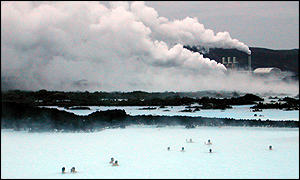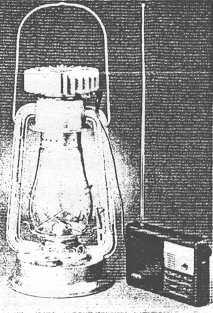Iceland invents energy-from-water machine

By Richard Black
BBC Science Correspondent
The UN climate change negotiations, now getting under way in Delhi, have focused international attention once more on the problem of global warming.
Experts agree there is a need to switch to renewable forms of energy if production of greenhouse gases is to be curbed.
Now an Icelandic team has invented a radical device which can produce electricity from water.
The Thermator contains a semi-conductor crystal ©Varmaraf
It works by something called the thermo-electric effect, which scientists have known about for many years.
But while thermo-electric generators have mainly been used to power spacecraft, such as Voyager and Galileo using heat from radioactive materials, the Thermator is firmly rooted on Earth and works on nothing more than hot water.
Professor Thorstein Sigmarsson, of the University of Iceland, says it works by translating the difference between the temperature of hot and cold water into energy.
He explains: "In between the hot and the cold side are crystals made of semi-conductors.
"As the heat is transferred through these crystals part of it is converted from heat energy into electric energy."
Prof Sigmarsson said there was potential for using allsorts of excess heat to fuel Thermators and he added: "In car engines for example, only a fraction of the heat produced is turned into propelling energy."
He said they hoped to produce energy at $2 a watt, which compared with wind turbines which produced $1 a watt, but was still economically viable.
